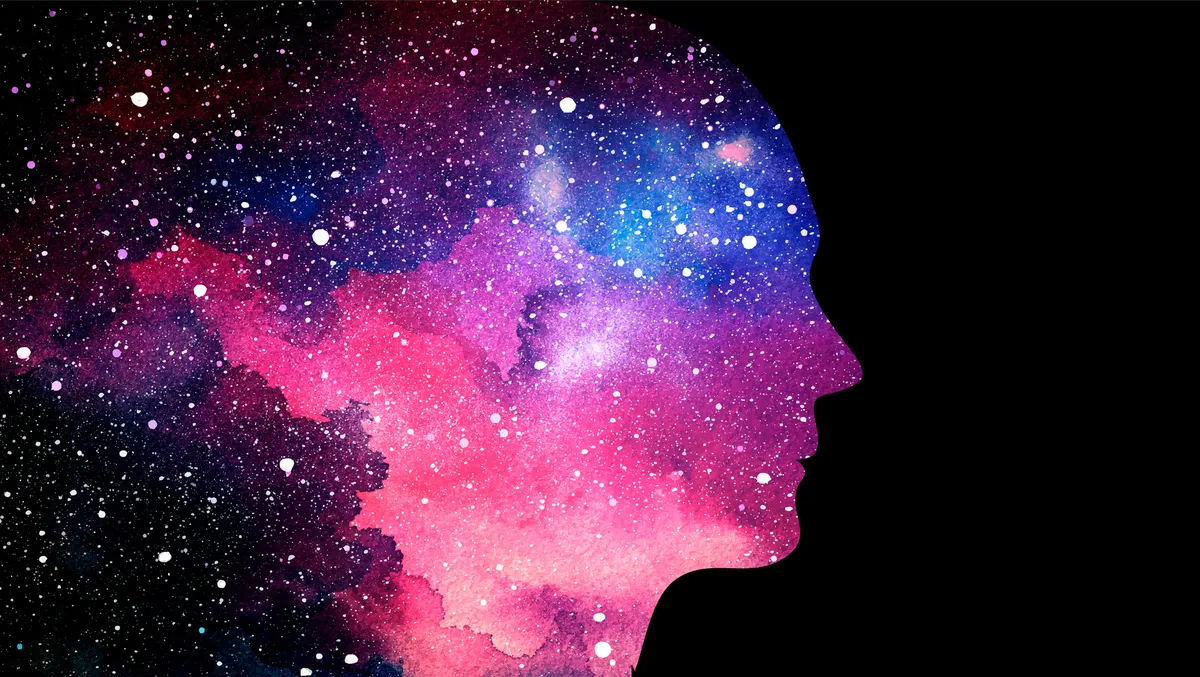
Bringing the next wave of Artificial Intelligence to Creative Cloud
Adobe, along with other innovators, has been experimenting with Generative AI. It is a transformational technology that will accelerate the ways artists brainstorm and explore creative avenues and make creativity accessible to millions more people.
A lot of new technologies, Generative AI, have raised valid concerns. Among the questions: How is the work of creative people being used to train AI models? And how will we know whether a human or a computer created something we see?
From the launch of Photoshop to the rise of 3D, Adobe has a 40-year history of helping lead the creative community through technological transformations in how we create. Adobe is committed to helping lead this transition by implementing Generative AI in the tools in a way that empowers artists and opens creativity to new people but never seeks to replace human imagination and judgment.
Adobe has announced its approach to developing creator-centric Generative AI offerings by leveraging Content Authenticity Initiative (CAI) standards and investing in new research to support creatives' control over their style and work.
The CAI is an Adobe-led initiative with more than 800 partners working to increase trust online. CAI's open-source technology enables creators to securely attach provenance data to digital content, helping ensure that creators get credit for their work and for those who view a piece of content understand who made it and how it was created and edited.
"We're still early in our journey, but let's imagine, for instance, AI within Photoshop that generates rich, editable PSDs. The AI can generate a dozen different approaches, and you can pick the two or three you want to explore further, using Photoshop's full selection of tools to transform the AI-generated image into something that faithfully reflects your creative perspective," says Scott Belsky, Chief Product Officer and Executive Vice President, Adobe.
Generative AI incorporated into Adobe Express helps less experienced creators achieve their unique goals. For example, rather than finding a pre-made template to start a project, Express users could generate a template through a prompt and use Generative AI to add an object to the scene or create a unique text effect based on their description.
"And while early Generative AI explorations have focused primarily on images, we believe the technology will help creatives working in all mediums — video, 3D design, texture creation, logo design, and more," says Belsky.
"We see Generative AI as a hyper-competent creative assistant. It will multiply what creators can achieve by presenting new images and alternative approaches. Still, it can never replace what we value in art: human imagination, an idiosyncratic style, and a unique personal story. Creativity is ultimately a form of communication and what we value about art isn't just the brushstrokes or colours — it's the story and the human being who's telling that story."
Adobe has a history of leadership in the development of responsible AI.
"We spent several years devising standards for how to develop AI responsibly, and all the AI features we launched at this year's Adobe MAX have been evaluated to ensure they meet those standards. In 2019, anticipating the potential for AI tools to manipulate media in a way that distorts reality and creates misinformation, we launched the Content Authenticity Initiative (CAI)," says Belsky.
Art has always been a mixture of craft and other qualities, harder to define style, judgment, and eye. The history of art is an unbroken series of technical innovations, the development of ceramic kilns, the invention of oil paints, and the debut of digital photography, all of which accelerated these crafts. As craft becomes less of an obstacle, the creator's role, vision, story, and imagination become more, not less important. Adobe believes the same will be true with Generative AI.
"we're excited to develop AI tools that will help you express your personal vision," says Belsky.


